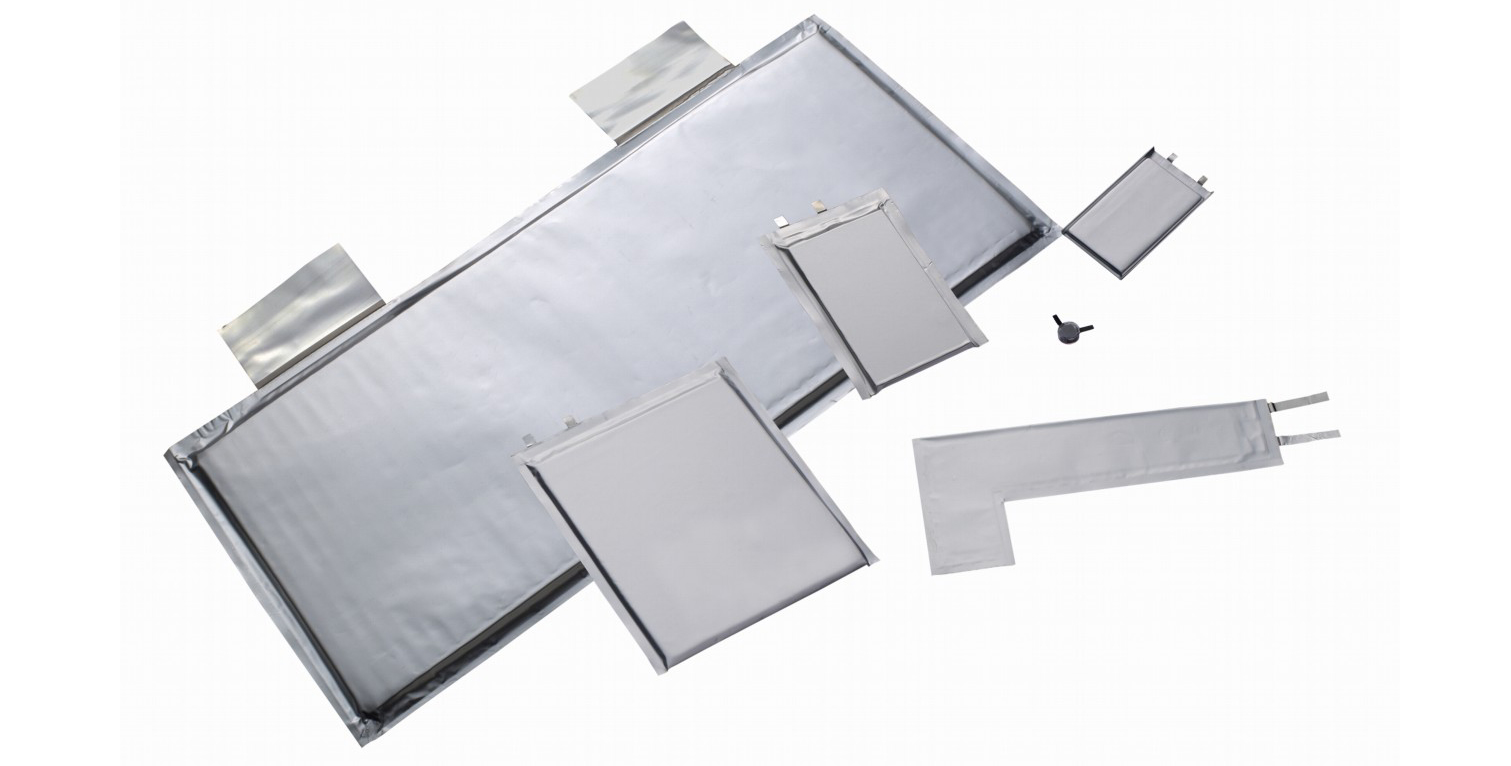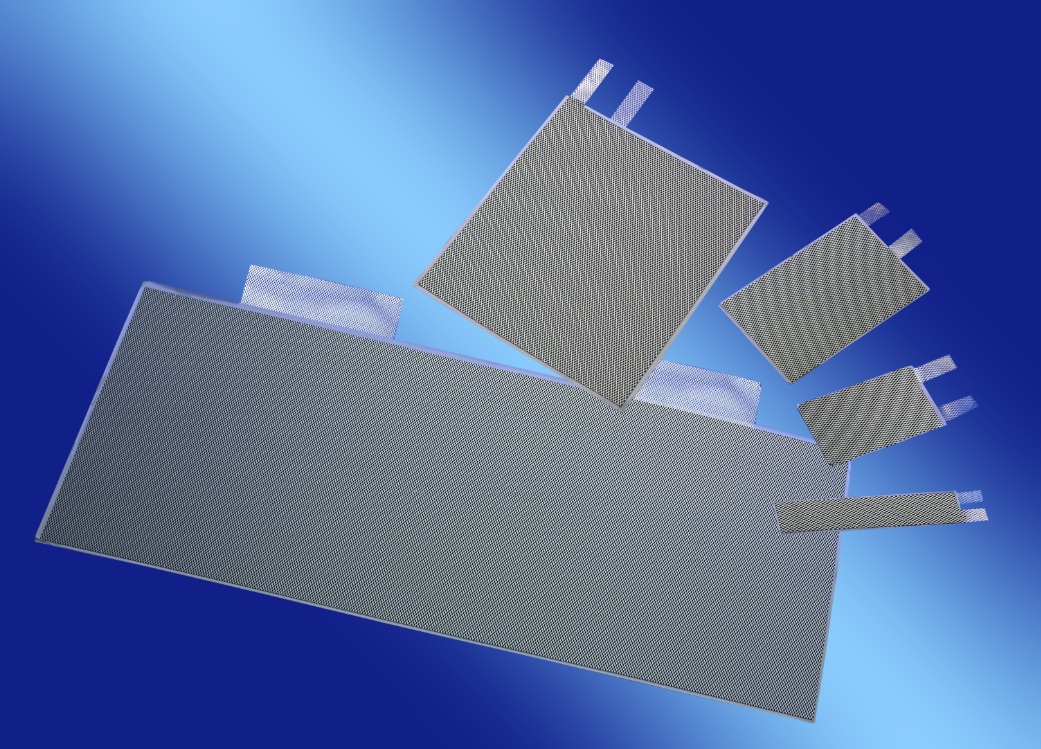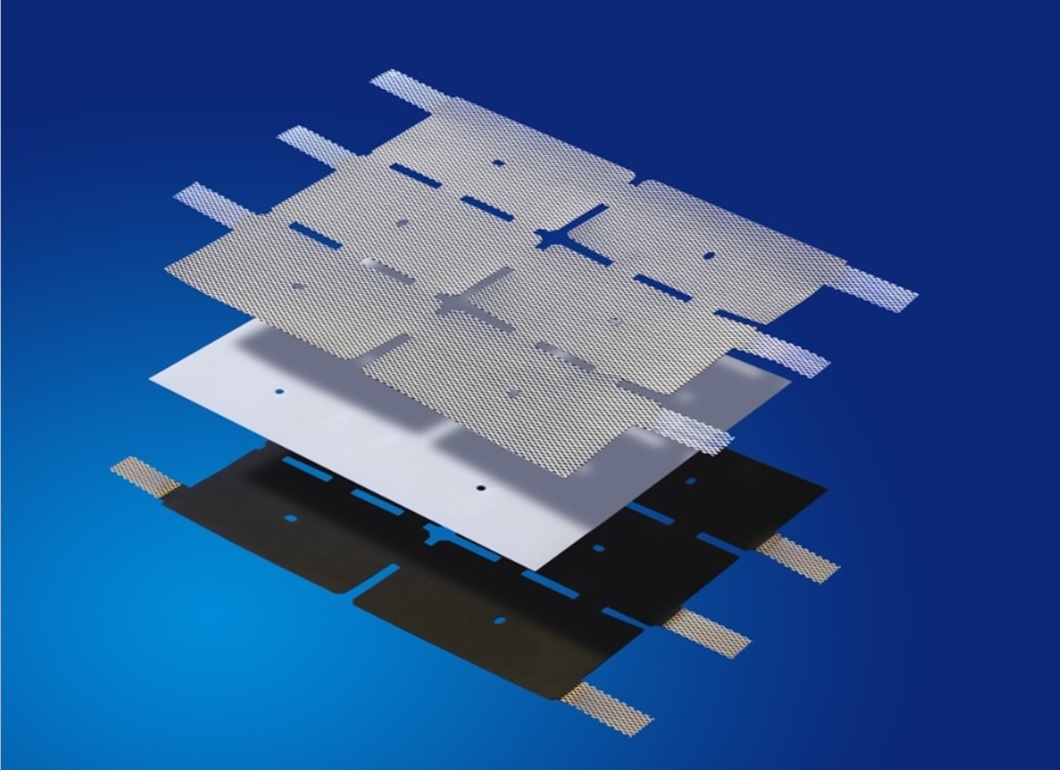Hans-Gerhard Bremes
Customized cell made by ISIT
The Research Group Battery Systems for Special Applications of the Fraunhofer Institute for Silicon Technology ISIT sees itself as a research and development partner for all those who want to use rechargeable lithium-ion cells in applications but cannot use "off-the-shelf" batteries due to given conditions. ISIT's researchers design custom-made cells that are exactly tailored to the customer's needs. Due to the established production technology, so-called pouch cells can be realized in a wide range of different shapes and sizes, so that the cell is adapted to the available space in the device. Even the operation of battery-powered applications at extreme temperatures (-20 to 150 °C) or pressures (>600 bar) pose a challenge that cells made by ISIT can meet.

The realization of the "actually not possible" succeeds at Fraunhofer ISIT. For this purpose, the scientists use a wide range of proven and completely new materials when designing a cell. Special electrolyte formulations and a proprietary separator complement the compositional possibilities.
"A customer approached the battery researchers at Fraunhofer ISIT in search of a lithium-ion cell that would enable him to draw very high currents when the battery was discharged. The goal was a cell that at 10C (i.e. the cell can be fully discharged in 6 minutes) still delivers about 90% of its nominal capacity. An almost classical task for an ISIT cell design, especially since strict specifications for the shape of the cells were also given by the customer."
This example first addresses two questions:
1. Which cell chemistry is suitable and
2. How must the electrodes be structured.
When choosing the cell chemistry, it is important to note that the materials used can quickly exchange lithium ions as charge carriers and have the highest possible specific capacity. When manufacturing the electrodes, a sufficiently high porosity must be ensured to allow a large active surface area for the exchange of charge carriers with the electrolyte (ionic current). At the same time, however, there must also be enough material on the electrodes to achieve a satisfactory capacity of the cell. Conductive additives (e.g. soot) ensure that the converted electric current can be used in the cell without significant ohmic losses.
When optimizing the electrode, the aim is to find the correct chemical composition of the electrode and a balanced relationship between surface coverage, degree of compaction and porosity. Furthermore, the choice of separator and electrolyte determines the performance of the cell.
In test cells, the combination of cell chemistry, electrode morphology and the other cell components are then examined with regard to their electrochemical behavior and, in principle, tested for the performance desired by the customer. After successful validation, the cell is designed in the target format.
The development of a cell is always about finding the best balance between energy content, performance, longevity, safety and costs with regard to the customer's requirements. In the future, solutions for greater sustainability of accumulator cells will also become increasingly necessary. The renunciation of problematic substances such as cobalt-containing cathode materials or the replacement of N-methyl-2-pyrrolidone (NMP) as process solvent in electrode production is as much a part of the current research at ISIT as the development of new concepts for determining the aging condition of used cells. The extension of the useful life of batteries used in electromobility by using them e.g. in stationary energy storage makes an essential contribution to making the energy turnaround resource-saving.
This might also be of interest to you
 Fraunhofer Institute for Silicon Technology
Fraunhofer Institute for Silicon Technology

